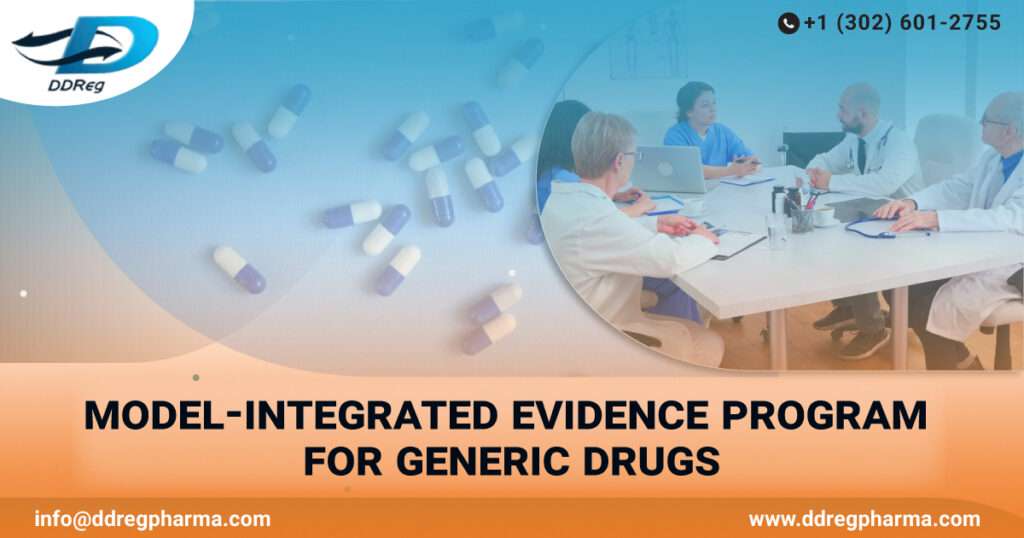Timely patient access to affordable treatment options is the goal of healthcare and regulatory agencies worldwide. To support this, early and frequent communication between drug applicants and regulatory agencies is required to expedite generic drug development and approval. Streamlined communication allows a better and clearer understanding of regulatory expectations and facilitates a more efficient application review process. Not only does this collaborative approach accelerate generic drug availability but it also contributes to addressing healthcare accessibility challenges while providing cost-effective treatment options.
The US FDA launched the model-integrated evidence (MIE) pilot program in October 2023 to accelerate generic product development by facilitating early interaction and communication between the US FDA and the applicants for MIE approaches in establishing bioequivalence (BE). This would also help in implementing modeling techniques and quantitative methods. According to the US FDA, the main focus of the MIE pilot program is:
- to “address common issues across multiple products and complex issues for non-complex products that fall outside the scope of focus of current pre-ANDA and ANDA meetings” and
- to “provide a dedicated platform for in-depth discussions on scientific and technical matters related to MIE implementation in the product development cycle, preferably at the early stage of the program.”
Discussions around MIE pilot program
The Director of the Division of Quantitative Methods and Modeling (DQMM) at the US FDA highlighted, in a workshop, that modeling approaches used by applicants can reduce cost associated with product development for those companies that do not have to enroll patients in BE studies that can be costly. The can get more precise doses faster than from a traditional BE study. From the US FDA’s point of view, incorporating MIE approaches can enhance operational efficiency in handling several products, reduce the number of approval cycles, and promotes the development of a more collaborative ecosystem for creating more efficient and effective BE strategies.
It seems that there is an increase with respect to the interest in modeling based on the number of pre-Abbreviated New Drug Application (ANDA) meetings by sponsors who wish to use modeling approaches in their ANDA applications. For example, the number of these interaction grew from 2 meetings in 2018 to 15 meetings in 2022.
The scope of the program covers complex dosage forms (i.e., orally inhaled dosage products), non-complex products where sponsors wish to develop a complex modeling approach that supports the biopharmaceutics classification system (BCS)-based biowaivers, and other waivers for BE that are out of current recommendations.
Focus of submissions
According to the health product manager of the FDA’s Office Research and Standards (ORS), the proposed MIE BE approach (with specific technical questions) should be the focus of submissions. Sponsors should not submit multiple meeting requests for the products under development with similar questions. The US FDA may decide if they wish to accept meeting requests within 2 weeks (14 days) of receiving these requests. Meeting request packages should have a decently developed scientific proposal that has the meeting questions clearly outlined. Furthermore, if asked, sponsors should be able to provide the necessary documents for modeling approach & a model objective that has been clearly documented along with the justifications and/or assumptions associated with the model building.
Conclusion
The launch of the MIE pilot program signifies an important step in realizing the shared goal of ensuring access to affordable treatment options. By prioritizing early and frequent communication between generic drug applicants & the US FDA, the MIE program can accelerate generic drug development, address issues for generic products, and provide a platform for detailed discussions on scientific and technical matters relating to generic product development.
DDReg has supported its customers for the US market by providing end-to-end regulatory services for generic product development and ANDAs. Read more from the experts about demonstrating bioequivalence: Searchable Databases for Bio-Equivalence Guidance.

